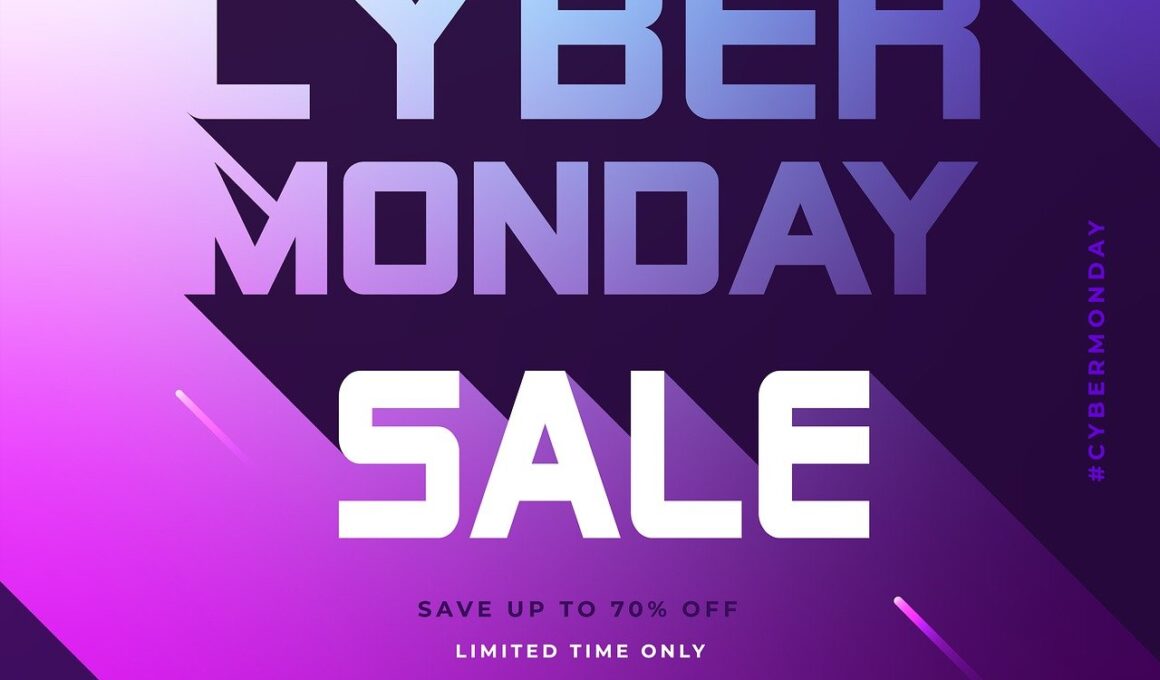Design Tips for Event Branding on Social Media Platforms
When it comes to event branding on social media, visual consistency is paramount. This means using a cohesive color palette that reflects the event’s theme and site. Ensure your logo is prominent, yet not overpowering. Use high-quality images and videos that capture engaging moments from past events. These elements should serve as a reminder of what attendees can expect. Create branded templates for posts, stories, and ads to maintain uniformity across platforms like Instagram, Facebook, and Twitter. Each platform has unique specifications, so adapt your visuals accordingly. Always optimize images for the best display, as poor-quality visuals can lead to a lack of interest. Utilize eye-catching graphics to showcase event details such as dates, speakers, and locations. Engaging graphics can convert a simple post into an impactful message. Resizing content for each platform ensures wider outreach too. Lastly, incorporate calls to action; this guides viewers on what to do next, whether buying tickets or sharing the post. With consistency and quality, social media branding can effectively raise excitement and attendance for your event.
Another essential tip for effective event branding on social media is audience engagement. Your audience’s interaction with your posts significantly influences brand perception. Encourage attendees to share their experiences using specific event hashtags, which can create a sense of community. By doing this, you not only generate recognizable content but also increase your event’s visibility. Monitor these interactions to respond promptly to questions or comments, as this fosters a sense of connection. Hosting countdowns or giveaways increases engagement and excitement before the event. Execute polls or surveys to gain insights into preferences, helping tailor content further. Engaging with influencers or industry leaders can amplify your reach significantly. Their endorsement lends credibility, and sharing the event through their channels can attract broader audiences. Also, don’t underestimate the power of user-generated content. Showcase videos, photos, and testimonials from attendees, creating a buzz around the event. This strategy not only promotes the event credibility but can also boost future attendance. Craft your posts with engaging questions that elicit responses, keeping the momentum alive in the lead-up to your event.
Creating Valuable Content
Informative and relevant content can set your event branding apart on social media. Sharing valuable insights related to the event’s topic resonates well with the audience. Consider posting articles, interviews with speakers, or behind-the-scenes clips to generate interest. Use video snippets or live streams effectively to bring potential attendees closer to your event. This kind of engaging content not only informs but showcases the excitement surrounding the plan. Create a content calendar to help organize posts leading up to the event, ensuring each message aligns with the overall branding strategy. Diversifying content types keeps your audience engaged; utilize infographics, blog posts, and even short podcasts. Consistently highlight the key benefits attendees will receive, which will encourage them to register. Additionally, share sneak peeks or advance announcements to create anticipation. Call-to-action buttons should be clear. Make it easy for users to register or find more information with just a click. Balance promotional posts with valuable content to maintain an audience’s interest and loyalty. Take advantage of timely events or trends to make your posts relatable and current.
Another impactful strategy involves leveraging partnerships within your industry. Collaborating with other brands or organizations can effectively magnify your event’s reach through their established audiences. Joint promotions can also lead to cross-pollination of followers, enhancing both brands’ visibility. Identify potential partners who share similar values and a target audience aligned with your event. Then create co-branded materials that incorporate both logos and colors to visualize collaboration. Moreover, promoting each other’s posts can create a sense of community and shared goals. Consider guest takeovers, where influential partners take control of your social media for a day, creating unique content that engages their audience directly. Additionally, build upon these partnerships by hosting co-sponsored webinars or live events leading up to your main event. This can provide added value to both of your audiences. Sharing this unique combined experience can intensify interest for the upcoming event. Partnering can also extend into post-event by sharing joint highlights, fostering lasting relationships. These cooperative efforts should be well-planned and marketed well ahead of the event.
Utilizing Paid Advertising
To amplify your event branding, consider using paid advertising on social media. Organic reach can be limited, and investing in targeted ads can dramatically boost your audience size. Platforms like Facebook and Instagram allow for precise audience targeting based on demographics, interests, and behaviors. This can increase event visibility among those most likely to attend. Start with a clear budget and objectives; knowing your goals will help define the scope and scale of ad campaigns. Create visually appealing ads that resonate with the audience while showcasing event highlights. A compelling call-to-action is essential; it should prompt followers to register, learn more, or share the post. Utilize retargeting ads to engage users who showed interest but did not register. This serves as a reminder and can encourage conversion. Testing various ad creatives and formats will provide insights into what resonates most. Monitor the ad performance regularly to make adjustments. Consider promoting posts that have already received positive engagement organically. This strategy improves effectiveness and reach.
Another best practice for event branding on social media is timing your posts effectively. The frequency of posting can greatly impact audience engagement. Research shows that particular times of the day yield higher responses based on platform usage. Utilize analytics tools to understand when your audience is most active to maximize reach. Schedule posts ahead of time for key milestones, including announcements, speaker reveals, and registration deadlines. This allows consistency without overwhelming users daily. Ensure to spread out promotional content throughout the lead-up to your event for better effectiveness. Utilize countdowns leading to the event to remind followers about dates and highlights. Consider variations in posting style for updates; use images, polls, or stories to maintain freshness. Stories, especially on Instagram, can keep your event top-of-mind in a fun, informal manner. They allow daily engagement whilst providing audiences behind-the-scenes glimpses or quick news. Regular engagement can create an audience’s habitual viewing behavior, ensuring they remain interested. Therefore, keep adapting and analyzing results to optimize timing and style over time.
Post-Event Strategies
After the event, your social media strategy shouldn’t stop. It’s essential to maintain momentum and engage your audience even after the last event session concludes. Share event highlights, including video recaps, best moments, or audience testimonials to keep the excitement going. Encourage attendees to share their takeaways and experiences across their channels, incentivizing them through future discounts or special offers. Retarget those who showed interest but didn’t attend by sharing these valuable insights and materials. Use this opportunity to inform followers about subsequent events, newsletters, or community engagement opportunities. This keeps your audience connected long-term. Continue conversations by asking for feedback about the event. Utilize surveys to gather opinions which will help improve future events while showing attendees that their voices are valued. Post captivating photo albums and event videos that encapsulate the experience. These shares can foster a sense of community among attendees even after the event. Lastly, continually engage with your follower base by sharing relevant industry content, positioning your brand as a thought leader.


